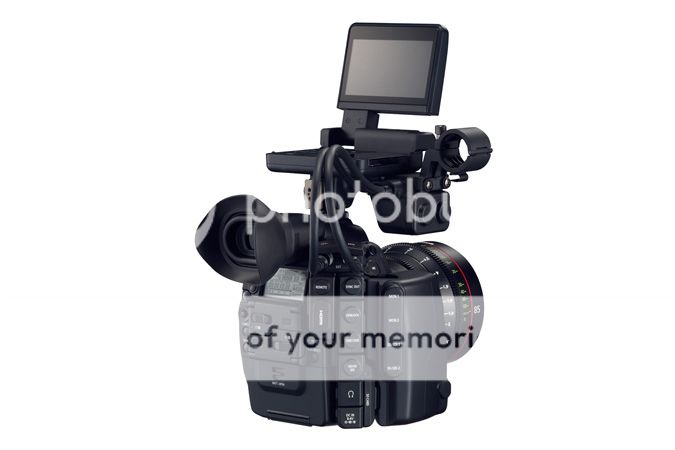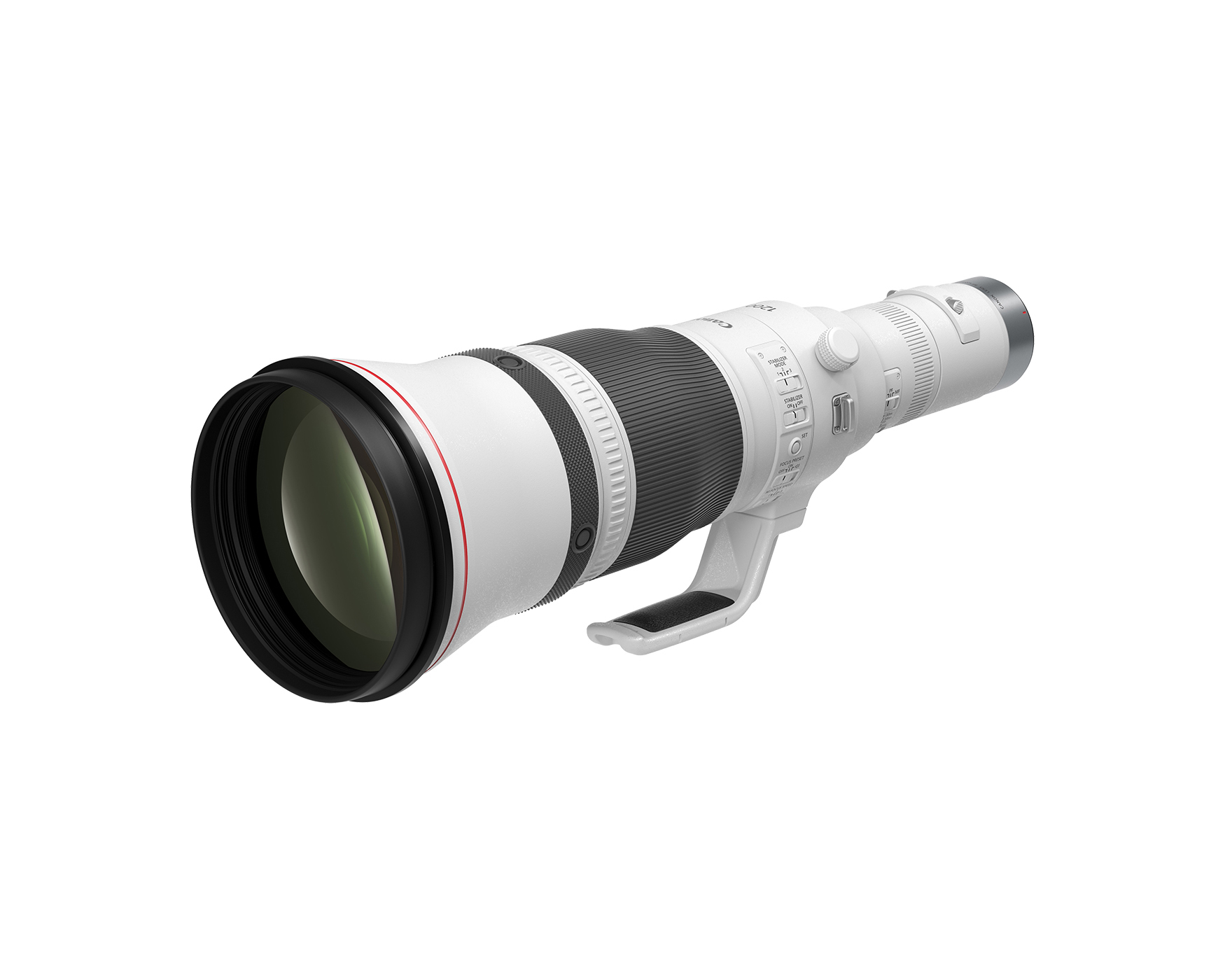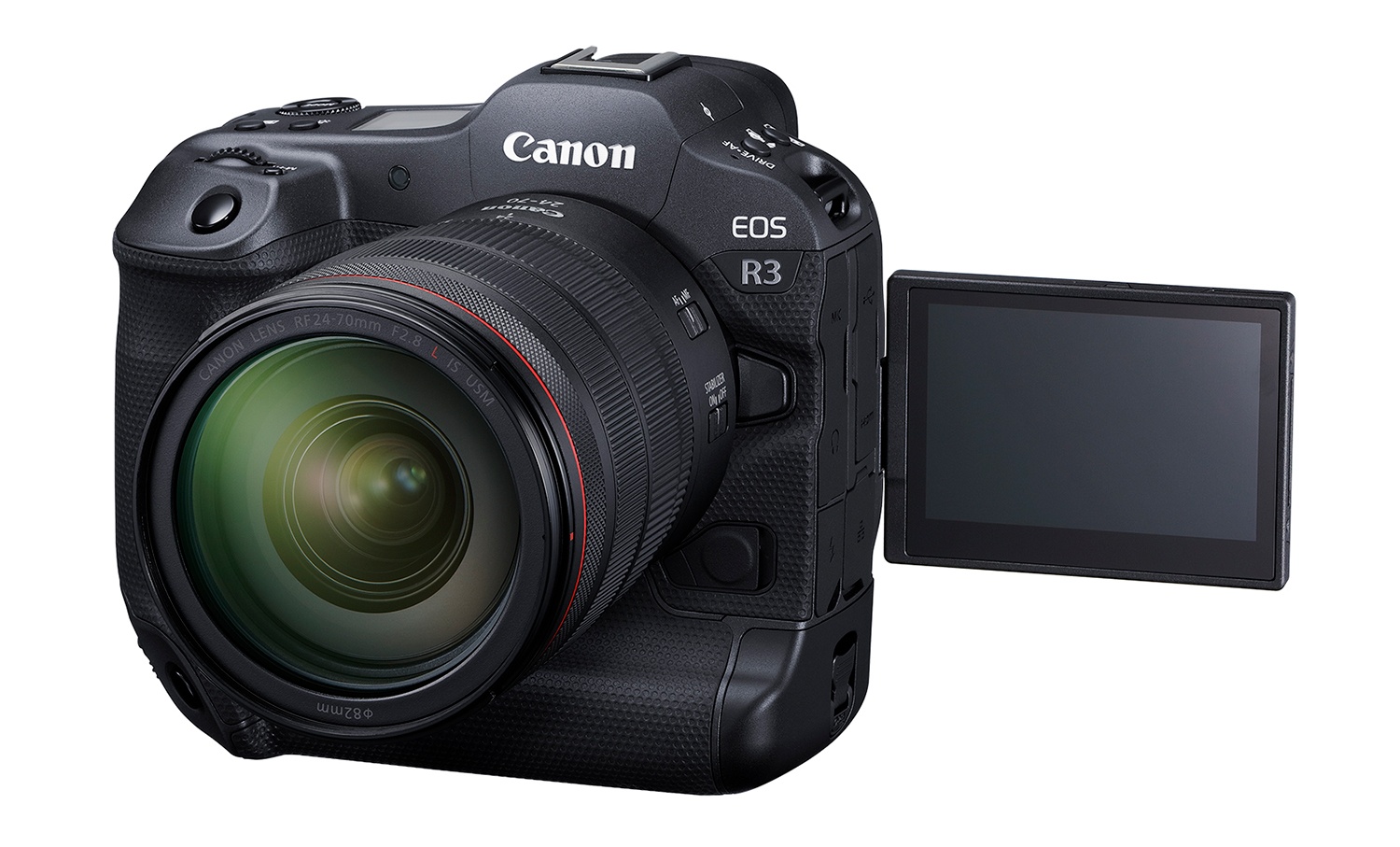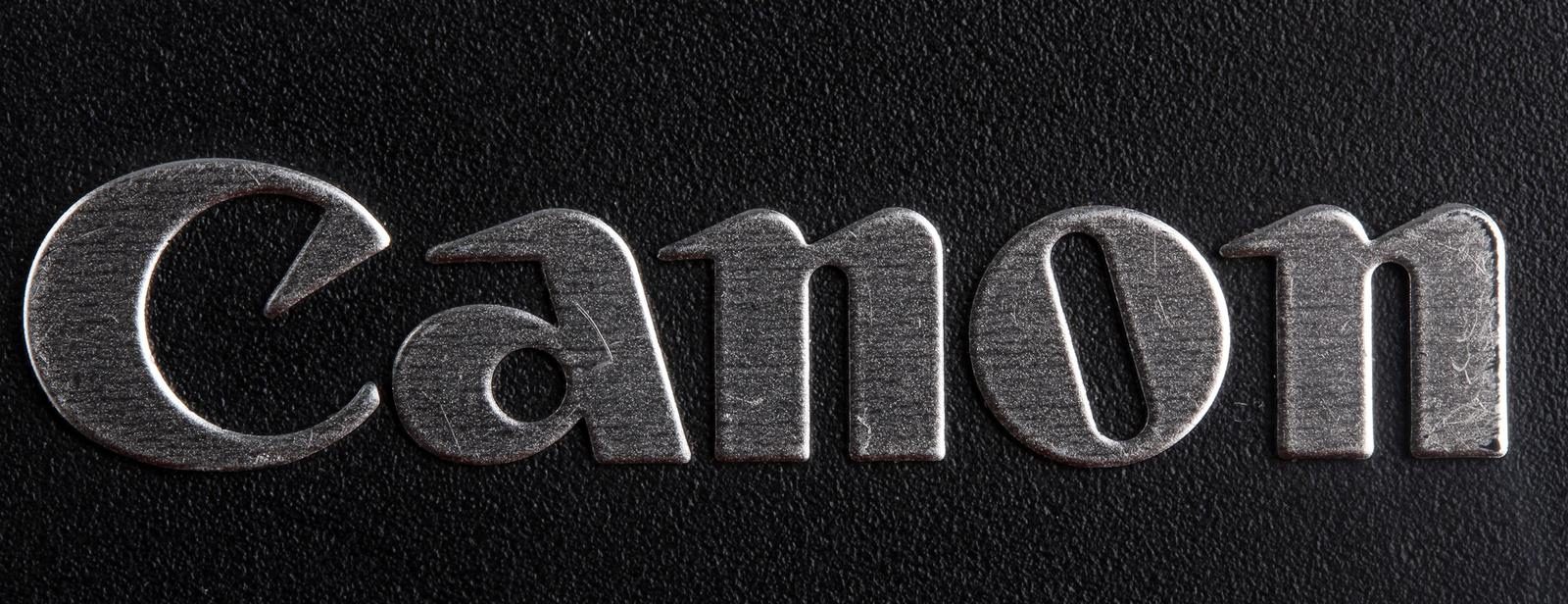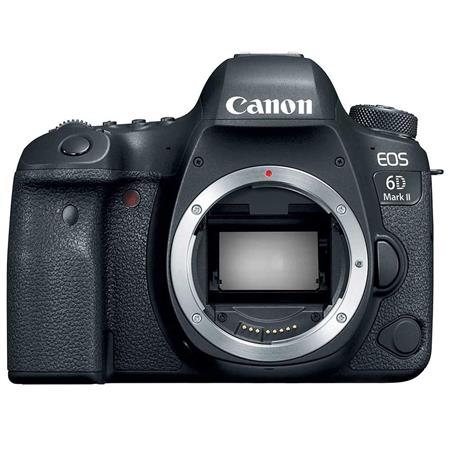Canon released firmware updates for five telephoto lenses. Here they are. Please note: we linked…
Moving Portraits Of Fashion Industry’s Famous People Shot In 4K With The Canon EOS C500
Canon’s commitment to the fashion world is well known. The Canon Professional Network published an article/interview with Canon Explorer Clive Booth about filming leading people in the fashion world:
For a new series of moving portraits looking under the skin of some of the fashion industry’s most famous and influential people, photographer, filmmaker and Canon Explorer Clive Booth turned to the Cinema EOS C500 Digital Cinema Camera. For the first film in the series – focusing on fashion designer Henry Holland – he was looking to take advantage of the C500’s 4K shooting capabilities, and a whole lot more. Clive Booth tells CPN writer James Morris about his long-standing relationship with the Canon EOS System, and how the C500 has enabled shooting capabilities that weren’t possible before…
The video above is the first film in the series, and the film is a portrait of fashion designer Henry Holland. You may be more interested to see the behind the scenes video, which can be seen here (scroll down to the bottom).
More after the break.
Clive Booth used a Canon Cinema EOS C500 to shot the 4k footage. About the EOS C500, Clive Booth says:
If Henry Holland was the eponymous star of the show, the Canon EOS C500 was the unsung hero behind the scenes. “The size and weight are an obvious advantage,” argues Clive. “But also the punch it packs within that: 4K at 10-bit, 2k at 12-bit, frame rates up to 60fps at full 4K, great lenses, great optics and the look you get from the camera. The other big advantage is the reliability. You can take it for granted. I’ve never, ever had a camera break down. Nor a Codex recorder, for that matter. They just go and go. When I’ve worked on documentaries I’ve found the battery life is amazing too. There are other comparable cameras that have many more issues in these areas. It’s a small camera that packs a big, big punch, and just keeps going.”
“You come from photography and you want to hold a camera in your hand,” Clive continues. “But you can also configure it as a big movie camera. For this project I was drawn to the resolution in 4K and it’s really exciting that you can shoot at this with a camera that you can hold in the palm of your hand. For Henry Holland, I aimed as high as I could, and couldn’t aim any higher. This is a 4K film with cinema quality picture and sound. The finished film will be about 350GB for a 7-minute film in DPX format, so that’s a lot of data.”
This is not your typical weekend gear, this is a professional camera that sells for $19,999 (B&H Photo | Adorama).
Specs:
- 4K RAW (4096 x 2160) Output
- EF Lens Mount for Broad Compatibility
- 8.8 Mp Super 35mm-Size CMOS Sensor
- Also Puts Out 2K, Quad HD & Full HD
- 2x 3G-SDI Outputs
- 50 Mb/s Proxy HD Recording to CF Card
- 10-Bit 4K RAW at Up to 60p
- 10-Bit 4K Half RAW at Up to 120p
- 12-Bit 2K 4:4:4 Signal at Up to 60p
- Canon Log Gamma
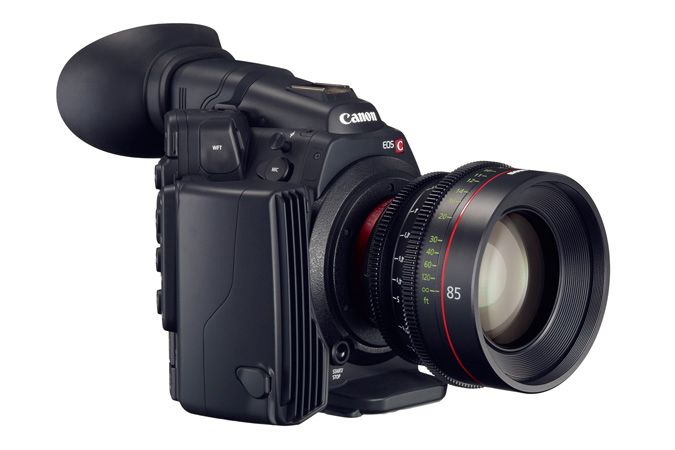
Product description:
The Canon EOS C500 4K Cinema Camera (EF Lens Mount) represents Canon’s first foray into the world of 4K digital cinema production. Sharing a sensor with the earlier EOS C300 camera, the EOS C500 fulfills the potential of the large (Super 35mm-size), high-resolution (8.8 Mp effective) CMOS imager by offering full 4K RAW output via 3G-SDI.
The C500 also has a body type in common with the C300. Featuring large, accessible buttons with ridges dividing them, the EOS C500 has been designed expressly for the craft of digital cinema. Its signal output is similarly appropriate: At rates up to 60 frames per second, the 10-bit 4K RAW data stream output can be recorded to an approved external device (sold separately) at full resolution. Using a format called 4K half RAW, which halves the horizontal resolution, you can capture up to 120 fps to the external recorder by using both of the C500’s 3G-SDI outputs.
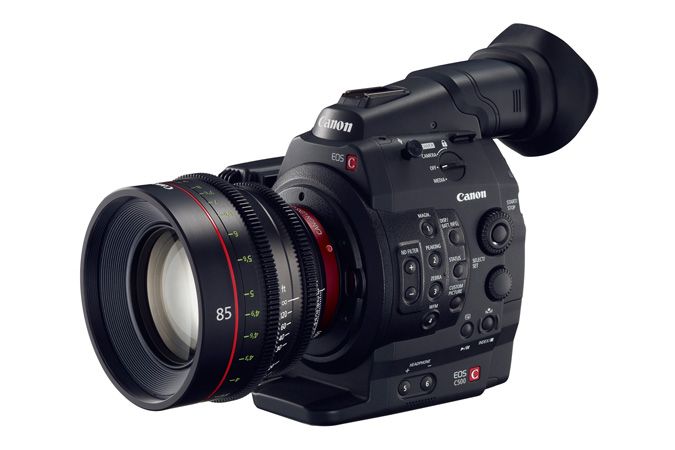
The Canon EOS C500 integrates with time-tested feature film production workflows. As 4K RAW data is being recorded externally, you can record proxy files at 50 Mb/s to the camera’s internal CF card so rough-cut or dailies editing can begin immediately after a scene is complete. For the widest latitude for color correction in post-production, the camera offers Canon’s Log gamma mode, which results in excellent tonal reproduction in the highlight and lowlight regions of an image, and a greatly expanded dynamic range.
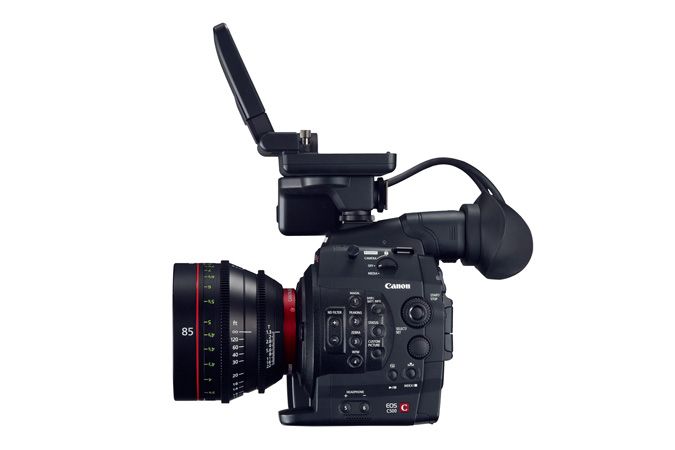
The EOS C500 features an EF mount for compatibility not only with Canon’s existing broad range of DSLR lenses, but also with the burgeoning line of EF Cinema Zoom and Prime lenses. These lenses are designed to match up perfectly with the 3-perf Super 35mm-size CMOS sensor of this camera. Like the camcorder, these lenses (sold separately) were developed specifically for digital cinema, with engraved markings on angled surfaces in meters and feet and uniform front diameters for easy lens switching without having to reconfigure a matte box or follow focus gearing.
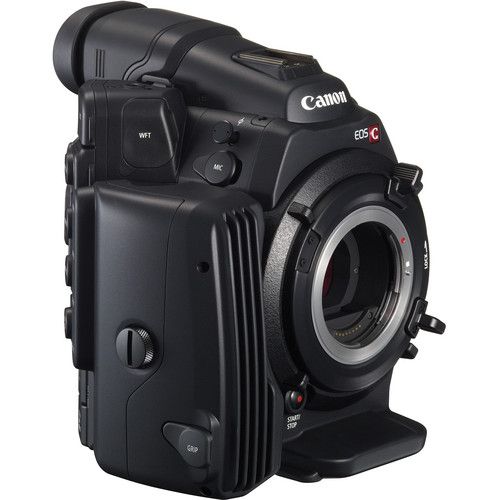
- Canon Super 35mm CMOS Sensor
- Modeled on the Super 35mm 3-perf motion picture film standard, the Canon CMOS sensor has an effective resolution of 4096 x 2160. The image sensor employs an innovative readout technique that delivers full-bandwidth individual RGB video components without the need for any de-Bayering algorithms
- RAW 4K Output
- Using a single 3G-SDI output, the C500 is able to output a full 4K RAW (4096 x 2160-pixel) data stream in 10-bit color space, with full Bayer encoding and frame rates up to 60 fps. Using both of the camera’s 3G-SDI outputs, the frame rate can jump as high as 120 fps, but with the horizontal resolution reduced by half and then interpolated back in
- Canon Log Gamma
- Shooting in Canon Log mode, cinematographers can set the camera exposure value using their customary light meter practices. This nonlinear transfer function is specifically designed to facilitate the post-production of digital images originating in Cinema EOS in a manner similar to the post-production of images digitally transferred from motion picture film (the contemporary DI process). By managing the disposition of quantization bits, Canon Log ensures excellent tonal reproduction within both highlight and low-light regions of a given digital image
- Canon EOS C500 with EF Lens Mount
- To integrate easily into the working style and equipment array of film crews and production houses, the EOS C500 with a Canon EF lens mount is completely compatible with all of Canon’s EF lenses, including compact primes, super telephotos, specialty tilt-shift, macro, and fisheye lenses – over 60 in all
- Canon EF Cinema Lenses
- Canon EF Cinema lenses (sold separately) are designed and engineered to meet or exceed the exacting standards of working professionals. Every Canon EF Cinema lens is designed to fulfill contemporary 4K production standards, surpassing the performance requirements of any HD imaging system. Zoom lenses feature large aspherical lens elements to achieve sharp, consistent images in every shooting situation. Geared inner focusing minimizes focus-induced changes in the angle of view, rendering focus breathing virtually zero. The 11-blade aperture diaphragms ensure smooth out-of-focus areas and beautiful bokeh – and innovative glass construction counteracts barrel expansion and contraction to avoid temperature-induced marking discrepancies. EF Cinema lenses provide markings on angled surfaces on both sides of the barrel, making it easy to read focus and aperture settings from behind or either side of the camera. Focus markings can be switched from standard labeling to metric. Control rings are designed to maintain the proper amount of resistance with consistent operating torque. EF Cinema lenses share uniform gear position, diameter and rotation angle as well as front lens diameters, enabling the film crew to quickly change to another Canon zoom or prime lens or compatible third-party accessories like matte boxes and rods without adjustments
- Designed with Filmmakers in Mind
- With everything a cinematographer needs, the EOS C500 comes ready to produce. A logical layout of buttons and dials make operation simple. A lock switch turns off all controls except the recording button and function buttons. Small ridges between the buttons help prevent activating functions by mistake. A backlit display panel is great for low-light viewing. A tally lamp is clearly visible from the side or behind the camera
- Comfortable Ergonomic Controls
- The moment you pick up the EOS C500, you’ll feel right at home. Four separate start/stop buttons and 15 other customizable buttons distributed over the camera body mean quiet and intuitive access
- Accommodating File-Based Production
- The Cinema EOS system creates full HD proxy files in the internationally standardized Material eXchange Format (MXF), wrapping video and audio with metadata in a single file that maintains access to critical information throughout the production process
